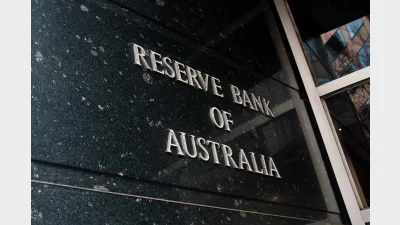Future Fund unsuitable to be national pension scheme



Using the Future Fund as a national retirement scheme would not be sensible as it has not performed any better than leading superannuation funds and liquidity could be an issue, according to Rice Warner.
An analysis by the research house said while there had been several calls to improve the “maligned superannuation system by using the Future Fund as a vehicle for all investments”, there were some glaring issues.
Rice Warner said that while over the 10 years to June 2019 the Future Fund earned 10.4% a year, but funds such as AustralianSuper super also did very well at 10.9% (in a tax-free pension phase), Hostplus and QSuper both at 10.4%.
The analysis noted that the Future Fund had a much higher percentage of private equity and alternatives than super funds, which was logical for the fund but would be difficult to reconcile with super funds’ requirements for:
- Liquidity to ensure that benefit payments and investment switches can be honoured; and
- Frequent pricing of units (daily or at most weekly) to make sure that these investment switches and benefit payments are made based on asset valuations which are accurate and equitable between members.
Rice Warner said much of the Future Fund’s success had come from investment strategies that were not suitable for super funds – which could not hold 30% of their assets in private equity and alternatives.
“Even with these advantages, the Future Fund has not done any better than leading superannuation funds,” it said.
“Further, success in its overall purpose of closing the funding gap in Federal Government defined benefit liabilities remains elusive. From 2007 to 2019, Commonwealth defined benefit liabilities net of the Future Fund have increased by a factor of five, from $50.3 billion to $252.6 billion.
“This is not to take anything away from the Future Fund. It has done very well with the assets entrusted to it. However, this does not give any reason to believe that it would be the right vehicle for an entirely different purpose.”
Recommended for you
The central bank has announced the official cash rate decision for its November monetary policy meeting.
Australia’s maturing superannuation system delivers higher balances, fewer duplicate accounts and growing female asset share, but gaps and adequacy challenges remain.
Global volatility and offshore exposure have driven super funds to build US-dollar liquidity buffers, a new BNY paper has found.
Less than two in five Australians are confident they will have sufficient assets to retire and almost three-quarters admit they need to pay greater attention to their balance, according to ART research.









